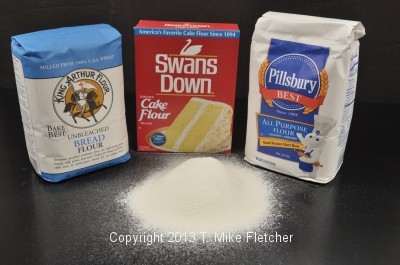 Flour is usually the key ingredient in baking and much of pastry. It is important to use the right flour for the desired outcome. While flour can be made from various edible grains, for the purposes of this discussion I am going to stick with four types of wheat flour; all purpose, cake , bread and pastry flour. While bread baking can employ myriad other flours, these four are the basis of cakes and pastry.
Flour is usually the key ingredient in baking and much of pastry. It is important to use the right flour for the desired outcome. While flour can be made from various edible grains, for the purposes of this discussion I am going to stick with four types of wheat flour; all purpose, cake , bread and pastry flour. While bread baking can employ myriad other flours, these four are the basis of cakes and pastry.
What differentiates them is the protein count in each of them. The higher the protein count, the stronger the flour. You will see by the chart below, that bread flour is the strongest which makes it ideal for yeast breads that call for a strong flour to support the expansion provided by the yeast. While bread can be made with all purpose flour, bread flour will almost always result in a higher rising, lighter loaf with a better texture. On the other end of the spectrum is cake flour, which is very low in protein and has virtually none of the elasticity found in all purpose and bread flour.
Protein Counts for Flour: Most flour is unsifted as used in current recipes. It is best to stir it in the container, then measure. Better yet, weigh it. See Measuring for Baking https://pastrieslikeapro.com/2013/08/weights-and-measurements-in-baking/
Grams of Weight per Weight per
Type of flour Protein per cup Cup, sifted Cup, unsifted
Bread Flour 12 to 15 125 grams or 4 ⅓ oz. 140 grams or 5 oz.
All purpose flour 10 to 12 125 grams or 4 ⅓ oz 140 grams or 5 oz.
Pastry Flour 8 to 10 125 grams or 4 ⅓ oz 140 grams or 5 oz.
Cake Flour 5 to 8 100 grams or 3 ½ oz 125 grams or 4 ⅓ oz.
To Make Cake Flour: Per one cup of all purpose flour, remove two tablespoons and replace with 2 tablespoons of cornstarch. Mix well. This will lower the gluten content and make a softer flour.
To Make Pastry Flour: Combine ⅔ cup all purpose flour and ⅓ cup cake flour to make 1 cup of pastry flour.
To Make Self Rising Flour: Sometimes a recipe calls for self rising flour. I don’t stock it in my kitchen and I bake a lot. The main reason is I can’t control the amount of baking powder and salt in it. It can easily be made by combining 1 cup all purpose flour, 1 ½ teaspoon baking powder and ¼ teaspoon salt for 1 cup. Whisk together completely and use the amount called for.
All purpose flour is a mixture of hard and soft wheat and comes bleached and unbleached. It is used for breads, quick breads, cakes and cookies. Because the kernel and bran are stripped from the wheat when milled, the U.S. government requires iron, and four B vitamins (thiamin, niacin, riboflavin and folic acid) to be added to the flour to equal or exceed those found in whole wheat flour that is milled without stripping the vitamins.
Cake flour is milled from soft wheat and is always bleached. It is very fine and silky in texture. It is used for cakes and, in combination with all purpose flour, makes pastry flour.
Pastry flour falls between all purpose and cake flours. We don’t get much pastry flour in our area so we make our own. Mixing ⅔ all-purpose and ⅓ cake flour is a good substitute for pastry flour. I use pastry flour for pie crusts and laminated doughs such as puff pastry.
Bread flour is made from hard wheat. It is unbleached. It is use it for breads, yeasted doughs and some cookies to provide chewiness.
Bleaching flour can occur naturally if the flour is aged long enough or the flour can be chemically bleached. Although I use unbleached flours, there is a problem if I am going to leave pastry dough in the refrigerator for a couple of days before using it. If using unbleached flour, the pastry dough becomes gray. There is not a problem with the taste or performance, just an off-putting color. Bleached flour doesn’t become gray.
Pillsbury and Gold Medal are now made by the same company and the flours are virtually identical. King Arthur flours are stronger which is why some people swear by the King Arthur Bread Flour. Because it is stronger than other bread flours, it will support more expansion leading to higher loaves of bread.
In the south, they have a flour, White Lilly, which is a soft flour that I am told, makes the best biscuits in the world. However, you wouldn’t use it for bread. It is difficult to find outside of the south. I use cake flour or a combination of cake and all purpose for biscuits to lower the protein count which produces a lighter, better biscuit.
Other posts of interest are: Weighing Ingredients Using the Tare/Zero, Measuring for Baking and How to be a Better Baker.


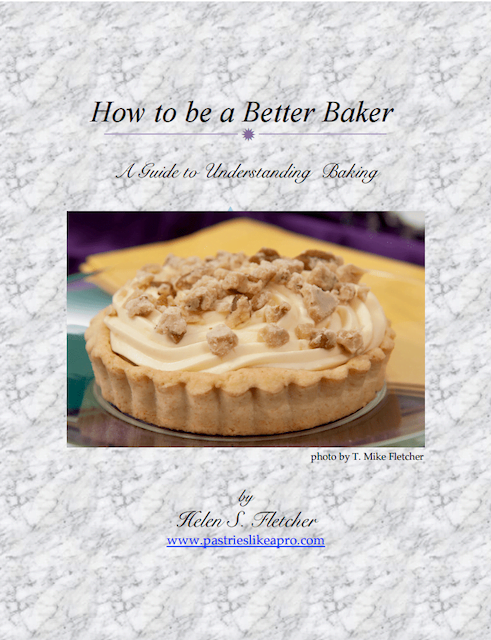

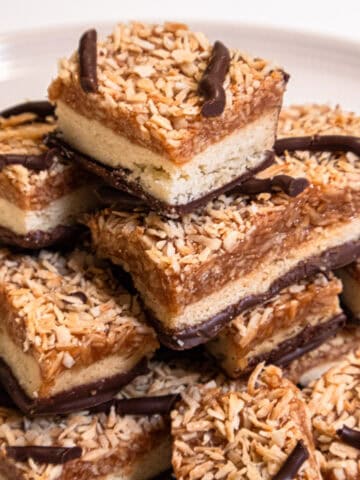
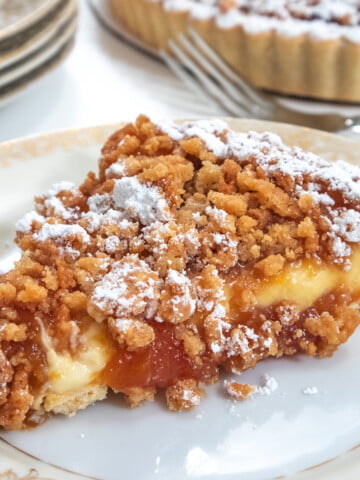
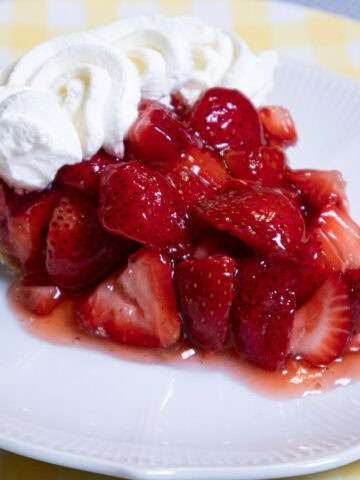
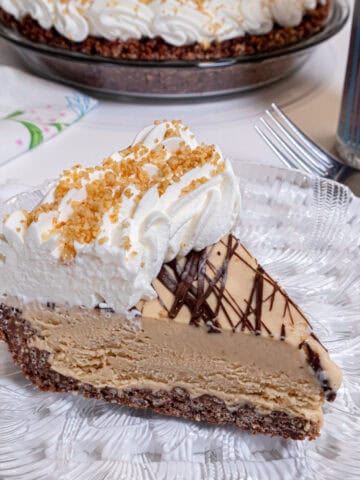
Catherine says
This is THE best information! It makes so much sense. Thank you Helen
Helen S Fletcher says
Hi Catherine - what's that sentence - "the more you know". Especially true about flour when baking.
Elisabeth says
Thank you for this informative article, Helen. I do a lot of gluten free baking, but with the exception of King Arthur's 1:1 Gluten Free Flour, I don't like the commercial GF flours available in my area. I've been mixing my own GF flour with some success, but your article has given me a vital piece of information about protein and lightness that has been missing from my arsenal of information. Thank you so much.
Helen S Fletcher says
Hi Elisabeth, thank you so much for this. I'm happy to have helped. I have a son who is gluten intolerant and I often use oatmeal that I grind to a powder in my processor along with almond flour for gf chocolate chip and oatmeal cookies. In a blind test, the family chose that over the one made with flour.
Linda says
Excellent information. Thanks!
hfletcher says
Thanks Linda - so glad you found it interesting. Baking actually makes a lot of sense, but you have to know a lot about it before it does. We'll be exploring more in the future.
Hilda says
White Lily Flour is available at Straubs grocery stores in St. Louis and it does, indeed, make the most amazingly wonderful biscuits. Worth buying a bag just to make a batch of biscuits.
hfletcher says
Thanks Hilda. I'll pass this along.